Wrist Tattoo Pain: 9 Essential Tips To Minimize Discomfort
While wrist tattoos are fun, appealing, and easily hidden, they also hurt quite a lot.

Image: Shutterstock
Though all tattoos hurt, wrist tattoo pain could be especially challenging to endure. When it comes to tattooing, there are certain painful spots, like the wrists, which hurt much more than others. Wrists have less muscle padding and delicate skin and more sensitivity. But that doesn’t stop people from getting inked on them. Be it minimalistic or wrist-covering, wrist tattoos have become a popular choice for a reason! They look cool every time you look down on your wrist.

A blogger, Camella Van Vleet, shared her experience of what she felt while getting a literary tattoo on her wrist. She said, “My wrist tattoo (above) is my only visible ink. It means a lot because it’s just for me. It’s the one I read and look at every day. It’s taken from a Paul Simon lyric. I’ve been a huge Paul Simon fan since I was a little girl (i)”. The blogger was of the opinion that a wrist tattoo makes for an intimate and meaningful tattoo.
Before deciding on wrist tattoos, it’s crucial to grasp the psychological factors, such as anxiety and fear, influencing pain perception. By acknowledging these factors, individuals can proactively prepare for the tattooing process, potentially reducing discomfort and making the experience more manageable. Whether you are planning to get this piece of art on your wrist or are just curious to know more, this article has you covered. Continue reading.
In This Article
Do Wrist Tattoos Hurt?
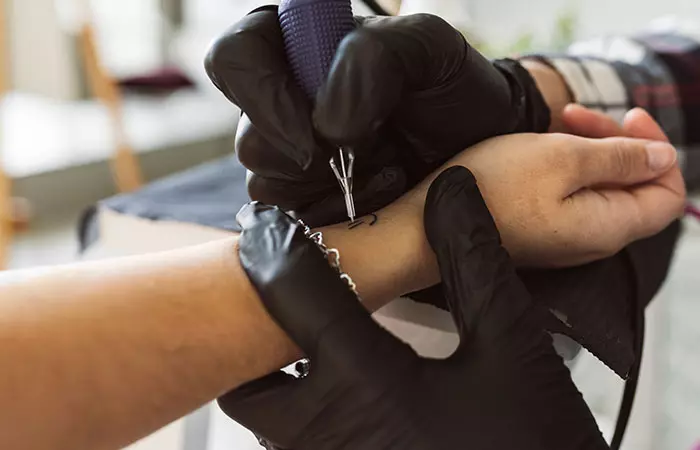
Are wrist tattoos painful? Yes, they are. The area around the wrist has minimal body fat and thinner skin that is quite close to the bone and joint. This makes the tattooing process further more painful. Additionally, the wrist usually is involved in a lot of movement and has numerous nerve endings and pain-sensitive neurons. These cause the pressure of the tattooing needles to sting a lot.
If you are a first-timer, it’s very important to understand what does a tattoo feel like and get an idea about the process and the pain level. This will help you prepare for your tattoo appointment. Remember that individual pain tolerance is subjective. While some may find it excruciating, others may feel little pain (1). Keep reading to get an idea about the pain level associated with wrist tattoos.
Key Takeaways
- Getting a tattoo on your wrist can be more painful than other body parts due to its proximity to bones and joints, lack of enough fat, delicate skin, and concentration of nerve endings.
- Pain experienced while getting a wrist tattoo is subjective. It varies from individual to individual depending on one’s levels of tolerance, previous experience, and the size and complexity of the tattoo.
- Psychological factors such as anxiety, anger, fear, etc. can influence the perception of pain.
- Different areas of the wrist have varying pain levels depending on the bone structures and the surface area to be used as a canvas for tattoos.
- Proper aftercare and hygiene practices can help prevent infection and provide optimal healing.
What Is The Pain Level Of A Wrist Tattoo Like?
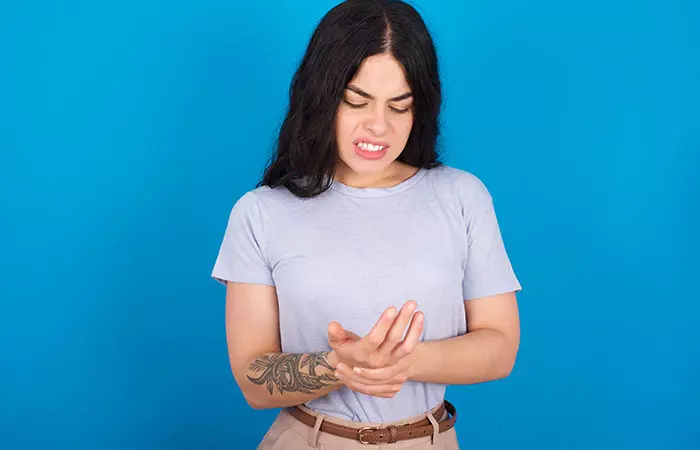
How bad do wrist tattoos hurt? Well, it can be quite bad for most people. Hence, it is always a good idea to find out what you are getting yourself into. Whether you are a first-timer or otherwise, getting a wrist tattoo can be unnerving and requires a lot of commitment.
If rated on the tattoo pain chart (ranging from 1 to 10), a wrist tattoo is often believed to feel like a 5 (which is quite high in this context). Much of this is due to the anatomy of the region. Wrist bones are closely yet rigidly attached to ligaments (2). So, any movement on the adjacent bones makes the entire set move together in that direction. This contributes to the wrist’s sensitive nature and makes it a not-so-ideal spot to get inked.
Sarah, a blogger, shared her experience of feeling bouts of anxiety while tattooing her daughter’s name, Nevaeh, on her wrist. The experienced tattoo artist cracked jokes to comfort her and started the word backward to minimize the potential pain. Sarah recounts in her blog, “When he started getting closer to the middle of my wrist, it started to get pretty painful. I’m assuming there are more nerve endings there, so that’s why it hurts more. The “N” was also painful because the beginning of it was right over my bone. Ouch (ii).” The blogger also stated that her hand involuntarily jerked during the process a couple of times.
 Pro tip
Pro tipHowever, there are places even on the wrist where the degree of pain varies. Learn more about these areas in the next section.
What Are The Most Painful Spots For A Wrist Tattoo?

The intensity of pain can vary across different parts of the wrist. Areas nearer to the bone, like the inner wrist area closer to the palm and the outer wrist area over the bones, can show deeper sensations of pain.
The inner wrist region is closer to the palmar cutaneous nerves that branch out from the median nerves. These nerves carry the signals between the central nervous system and the palms and make this area more sensitive (3). On a similar note, getting inked on the inner wrist may result in hyperalgesia, a condition that causes increased sensitivity to pain (4). Likewise, the outer bone region of the wrist is another painful spot.
Those concerned about the pain of wrist tattoos but want one anyway may consider going for the sides of the wrist, forearm, or the top of the wrist. These areas feature less nerve density and bone proximity and have thicker skin.
 Pro tip
Pro tipPrioritizing tattoo aftercare can help you recover from your wrist tattoo pain quickly. Check out the next section for a few useful suggestions on the same.
9 Tips To Reduce Wrist Tattoo Pain
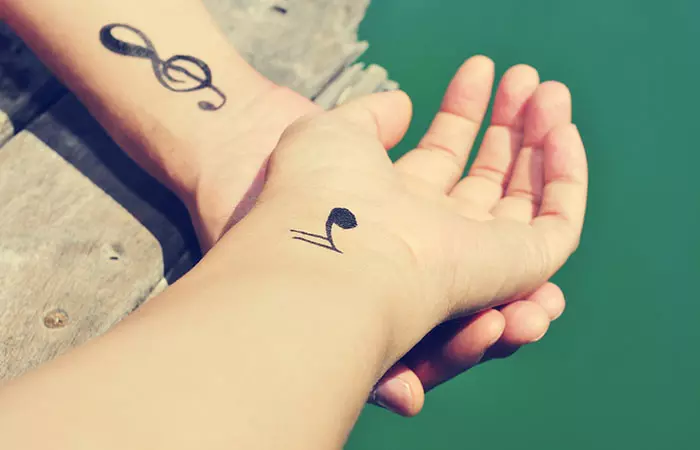
1. Choose A Professional Tattoo Artist
Look for a licensed, talented artist who is not heavy-handed as they can make the tattooing session significantly shorter and more bearable. Also, ask them to choose a less sensitive area of the wrist to get inked on.
2. Do Not Drink Alcohol
Do not consume alcohol before the tattooing process as it can otherwise hinder wound healing by decreasing the speed of clot formation. Alcohol can also heighten your wrist tattoo pain sensitivity and may cause bleeding and dehydration (5).
3. Take A Good Night’s Sleep
Getting enough sleep before your tattoo appointment can help your body tolerate and manage the pain better. Adequate sleep can also help you remain calm and composed throughout the process (6).
4. Practice Relaxation Techniques
Practicing deep breathing and yoga, exercising, and taking music therapy can reduce stress and possibly decrease pain sensitivity. Work on these techniques before the tattoo session begins to feel relaxed (7).
5. Stay Hydrated
Carry a bottle of water with you while going through the tattooing process. Keep taking a few sips of water during the procedure to keep your skin hydrated. This is believed to make it easier for the tattooing needles to move. Sufficient water intake can also promote faster recovery.
6. Eat Well Before Your Appointment
Do not go to your tattoo sessions on an empty stomach. Consuming a nutritious meal before the session can help reduce pain sensitivity and decrease the risk of weakness and dizziness. A proper meal can also keep you calmer during the procedure (8).
7. Take Breaks
The tattooing process can get a bit too intense at times, not just physically, but also mentally. Taking short breaks during the process can give you some time to relax.
8. Keep Yourself Distracted
You may listen to music or keep chatting with your friend who has accompanied you. This can take your attention away from the pain and make the process more bearable. You also can ask your tattoo artist to use numbing cream during the inking process to lower the pain.
9. Communicate With Your Artist Openly
Let the tattoo artist know if the pain during the process gets too much or if you want a break to stretch. Open communication also helps you feel better.
In addition to these tips, maintaining proper hygiene and engaging in proper tattoo aftercare can also help. Learn more in the next section.
How To Care For A Wrist Tattoo?
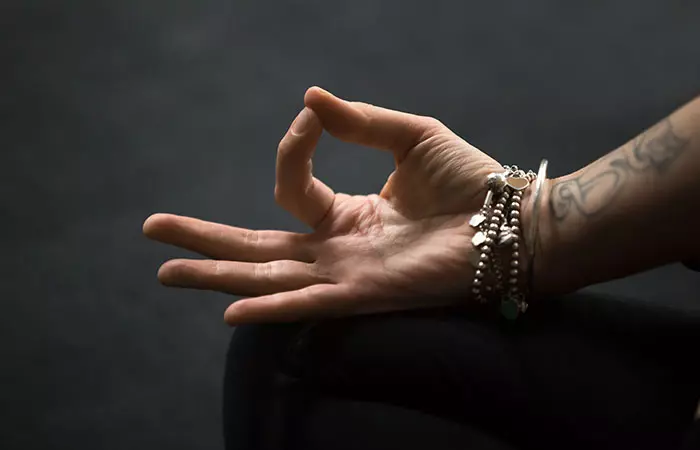
Follow these aftercare instructions to make your skin look fresh and ensure it heals properly once you have gone through the tattooing process.
1. Keep The Tattoo Clean
Use antibacterial soap and lukewarm water to keep the tattooed area clean. Wash your hands thoroughly with soap before washing the tattooed area. This will help prevent the transfer of germs and bacteria onto the tattoo site.
2. Keep The Skin Moisturized
Apply a thin layer of unscented lotion or an antibacterial ointment after cleaning the area. This will help prevent dryness, accelerate healing, and also help keep the tattoo looking fresh and vibrant.
3. Avoid Scratching Or Picking At The Tattoo
Scratching or picking during the healing process can transfer bacteria from your hands and nails to the affected area and increase the risk of infection. Excessive scratching might also lead to scarring, increased discomfort, and pain. Instead, gently massage the area with your fingers to soothe any irritation.
4. Avoid Sun Exposure
Protect your freshly tattooed area from direct sunlight as it can otherwise cause the tattoo to fade away quickly. Try limiting outside physical activities. However, use a broad-spectrum sunscreen with SPF 30 or above if sun exposure is unavoidable.
5. Keep The Area Dry
Avoid taking long baths or submerging the affected area in water for too long. Prolonged exposure to water may increase the risk of infection. Keeping the area excessively moist may also not allow the skin to breathe.
Wrist tattoos are cool body art. However, it is good to be physically and mentally prepared for the tattooing process and the associated pain. Research well before taking the plunge, prepare for the appointment in advance, consider your levels of pain tolerance, and take tattoo aftercare seriously. Lastly, make sure to visit a reputable tattoo shop and choose an experienced artist to ensure a positive and safe outcome.
Learn about the personal experience of a YouTuber of getting a wrist tattoo and the tips she shares on how to go about it, what to expect, and the pain endured. Watch the video now!
Frequently Asked Questions
Do wrist tattoos hurt your veins?
Tattoo needles penetrate the outer layer of the skin and do not necessarily cause injury to the veins (which are deep-seated underneath the skin). However, it’s best to choose a reputable, skilled, and professional tattoo artist to avoid any potential injuries.
What hurts more – wrist tattoos or ankle tattoos?
The level of pain one encounters is subjective. That said, both wrists and ankles are considered some of the most painful spots to get a tattoo on as these have a high sensitivity and thinner skin texture. Anecdotal evidence suggests that ankle tattoos may hurt a little more as the shin bones are located right beneath the skin.
How long does a wrist tattoo hurt?
The tattoo healing process is long-drawn and the duration of pain varies from person to person. The pain may take around a week or even a month to subside completely.
Personal Experience: Source
StyleCraze's articles are interwoven with authentic personal narratives that provide depth and resonance to our content. Below are the sources of the personal accounts referenced in this article.
(i). Literary Tattooshttps://migwriters.blogspot.com/2012/07/literary-tattoos.html
(ii). Tat Tat Tatted Up
https://hustlababy09.blogspot.com/2014/03/tat-tat-tatted-up.html
References
Articles on StyleCraze are backed by verified information from peer-reviewed and academic research papers, reputed organizations, research institutions, and medical associations to ensure accuracy and relevance. Read our editorial policy to learn more.
- Do Multiple Body Modifications Alter Pain Threshold?
https://www.biomed.cas.cz/physiolres/pdf/2017/66_S493.pdf - Anatomy, Biomechanics, and Loads of the Wrist Joint
https://www.ncbi.nlm.nih.gov/pmc/articles/PMC8880601/ - Hand Nerve Compression Syndromes
https://www.ncbi.nlm.nih.gov/books/NBK547683/ - Hyperalgesia After Volar Wrist Tattoo: A Case Of Complex Regional Pain Syndrome?
https://pubmed.ncbi.nlm.nih.gov/21321489/ - Interrelations Between Pain And Alcohol: An Integrative Review
https://www.ncbi.nlm.nih.gov/pmc/articles/PMC4385458/ - The Importance Of Sleep For People With Chronic Pain: Current Insights And Evidence
https://www.ncbi.nlm.nih.gov/pmc/articles/PMC9289983/ - Relaxation Techniques For Pain Management In Labour
https://pubmed.ncbi.nlm.nih.gov/29589650/ - The Influence Of Food On Pain Perception In Healthy Human Volunteers
https://pubmed.ncbi.nlm.nih.gov/9226361/
Read full bio of Ali Aman
Read full bio of Joyce Joyson
Read full bio of Shatabdi Bhattacharya
Read full bio of Aparna Harry









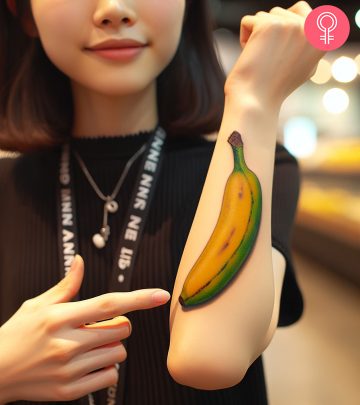

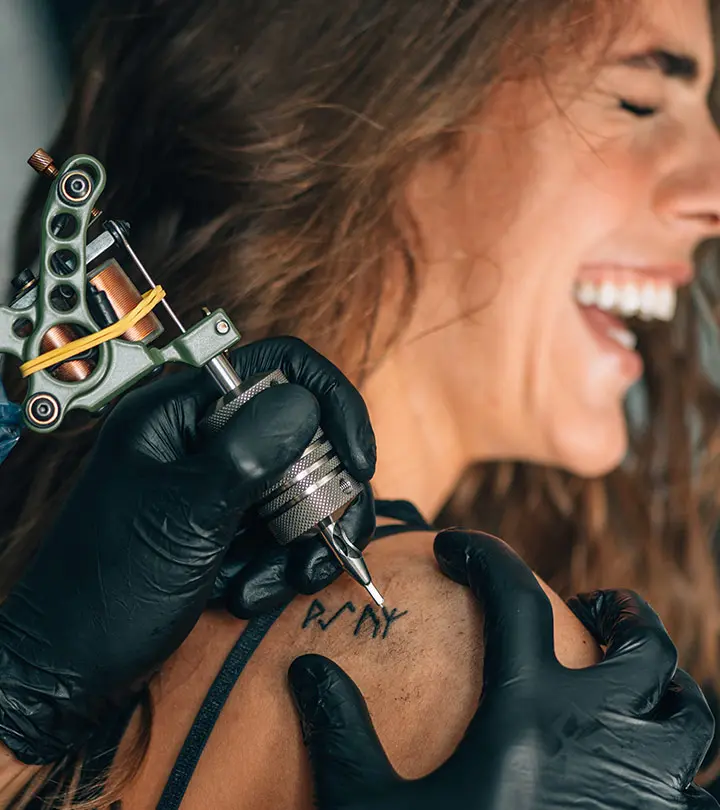


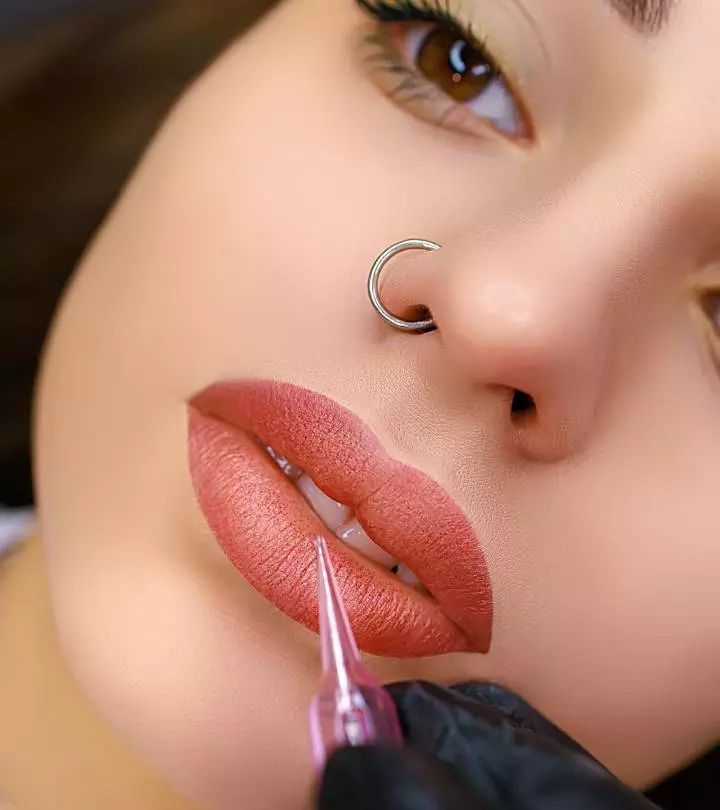




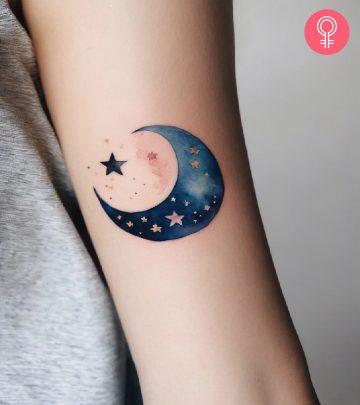



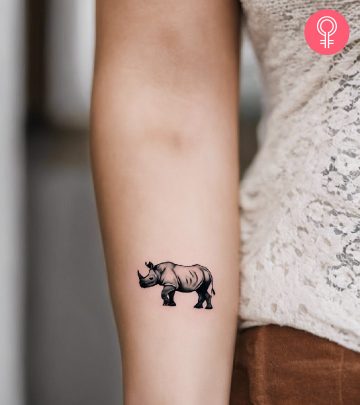

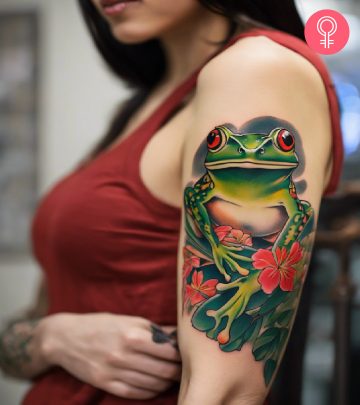
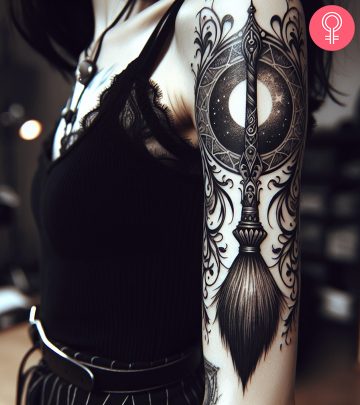
Community Experiences
Join the conversation and become a part of our empowering community! Share your stories, experiences, and insights to connect with other beauty, lifestyle, and health enthusiasts.